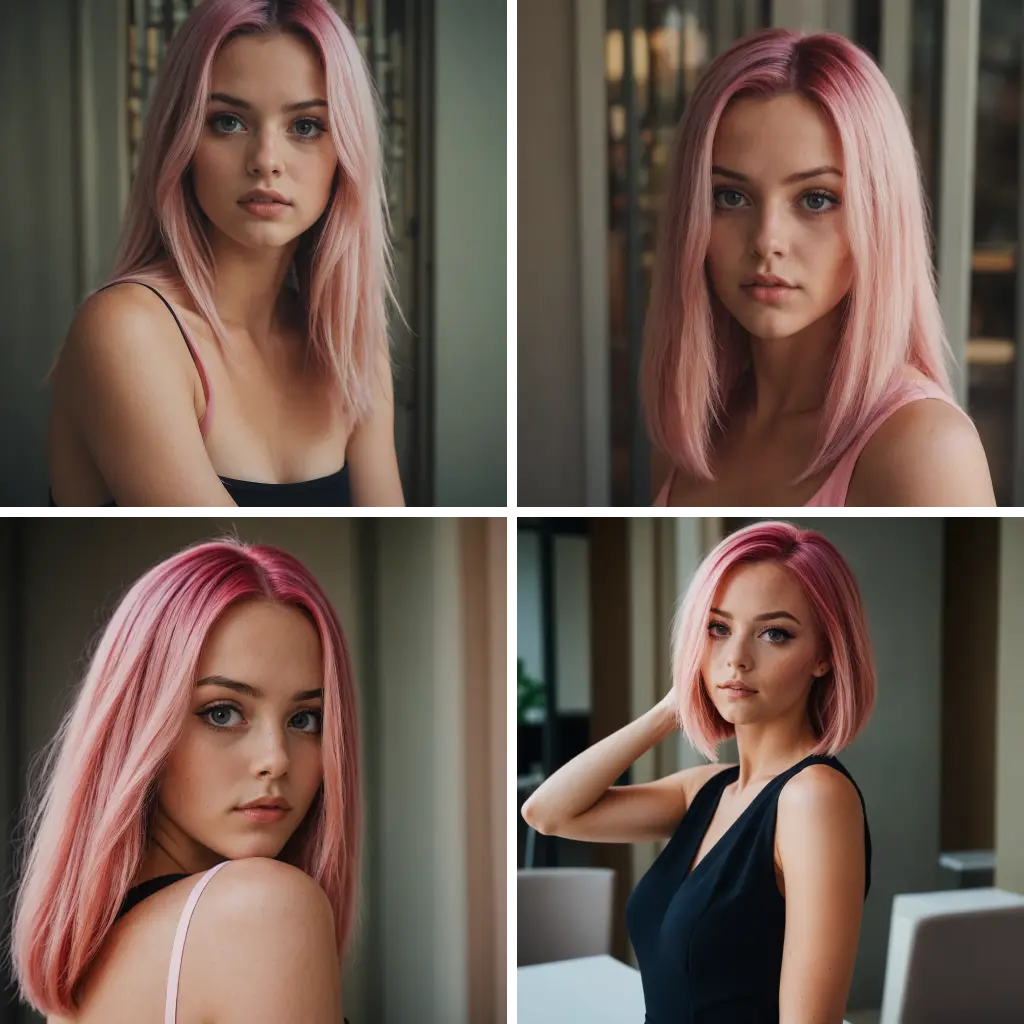ComfyUI Node: Flux GUFF Inpainting
FluxGuffInpainting
CategoryInpainting
duhaifeng (Account age: 505days) Extension
ComfyUI-Flux-Inpainting Latest Updated
2025-02-06 Github Stars
0.03K
How to Install ComfyUI-Flux-Inpainting
Install this extension via the ComfyUI Manager by searching for ComfyUI-Flux-Inpainting- 1. Click the Manager button in the main menu
- 2. Select Custom Nodes Manager button
- 3. Enter ComfyUI-Flux-Inpainting in the search bar
Visit ComfyUI Online for ready-to-use ComfyUI environment
- Free trial available
- 16GB VRAM to 80GB VRAM GPU machines
- 400+ preloaded models/nodes
- Freedom to upload custom models/nodes
- 200+ ready-to-run workflows
- 100% private workspace with up to 200GB storage
- Dedicated Support
Flux GUFF Inpainting Description
Specialized node for seamless image inpainting, leveraging advanced techniques for natural reconstruction and restoration in creative projects.
Flux GUFF Inpainting:
FluxGuffInpainting is a specialized node designed for the task of inpainting, which involves filling in missing or masked parts of an image in a seamless manner. This node leverages advanced inpainting techniques to intelligently reconstruct the absent areas, ensuring that the filled regions blend naturally with the surrounding content. The primary goal of FluxGuffInpainting is to provide artists and designers with a powerful tool to enhance or restore images by removing unwanted elements or repairing damaged sections. By utilizing sophisticated algorithms, this node can produce high-quality results that maintain the aesthetic integrity of the original image, making it an invaluable asset for creative projects that require precise and realistic image editing.
Flux GUFF Inpainting Input Parameters:
flux_dir
The flux_dir parameter specifies the directory path where the Flux inpainting models are stored. This parameter is crucial as it directs the node to the correct location of the models required for the inpainting process. The accuracy and quality of the inpainting results depend significantly on the models used, so ensuring the correct path is set is essential. There are no specific minimum or maximum values for this parameter, but it must be a valid directory path.
flux_gguf_dir
The flux_gguf_dir parameter indicates the directory path for the GGUF models used in the inpainting process. Similar to flux_dir, this parameter ensures that the node accesses the appropriate models necessary for executing the inpainting task. The choice of models can affect the performance and output quality, so it is important to provide a valid and accurate path. There are no specific minimum or maximum values for this parameter, but it must be a valid directory path.
vae
The vae parameter refers to the Variational Autoencoder model used in conjunction with the inpainting process. This model plays a role in encoding and decoding the image data, which can influence the quality of the inpainting results. The VAE model helps in maintaining the consistency and realism of the filled areas. There are no specific minimum or maximum values for this parameter, but it should be a valid VAE model compatible with the inpainting task.
Flux GUFF Inpainting Output Parameters:
inpainted_image
The inpainted_image parameter represents the final output of the inpainting process. This is the image with the missing or masked areas filled in, seamlessly integrated with the original content. The quality and realism of the inpainted image are crucial, as they determine the success of the inpainting task. This output is essential for users who need to restore or enhance images by removing unwanted elements or repairing damaged sections.
Flux GUFF Inpainting Usage Tips:
- Ensure that the
flux_dirandflux_gguf_dirparameters are set to the correct paths where the inpainting models are stored to achieve optimal results. - Experiment with different VAE models to see which one provides the best quality for your specific inpainting needs, as the choice of model can significantly impact the output.
Flux GUFF Inpainting Common Errors and Solutions:
Invalid directory path
- Explanation: This error occurs when the specified
flux_dirorflux_gguf_dirdoes not point to a valid directory. - Solution: Double-check the directory paths provided for these parameters and ensure they are correct and accessible.
Model loading failure
- Explanation: This error happens when the node fails to load the necessary inpainting models from the specified directories.
- Solution: Verify that the models are correctly placed in the specified directories and that the paths are correctly set in the input parameters.
Inconsistent inpainting results
- Explanation: This issue arises when the inpainting output does not blend well with the original image.
- Solution: Try using different VAE models or adjust the model parameters to improve the consistency and realism of the inpainted areas.
Flux GUFF Inpainting Related Nodes
RunComfy is the premier ComfyUI platform, offering ComfyUI online environment and services, along with ComfyUI workflows featuring stunning visuals. RunComfy also provides AI Playground, enabling artists to harness the latest AI tools to create incredible art.


